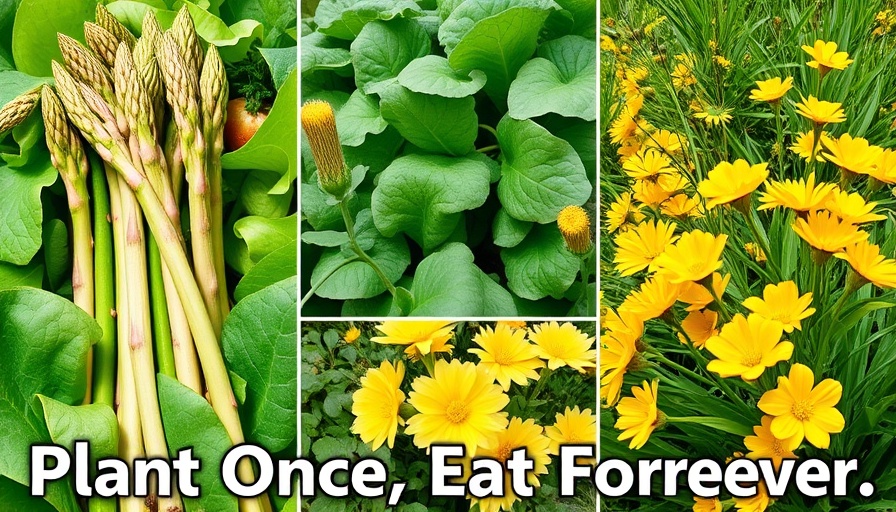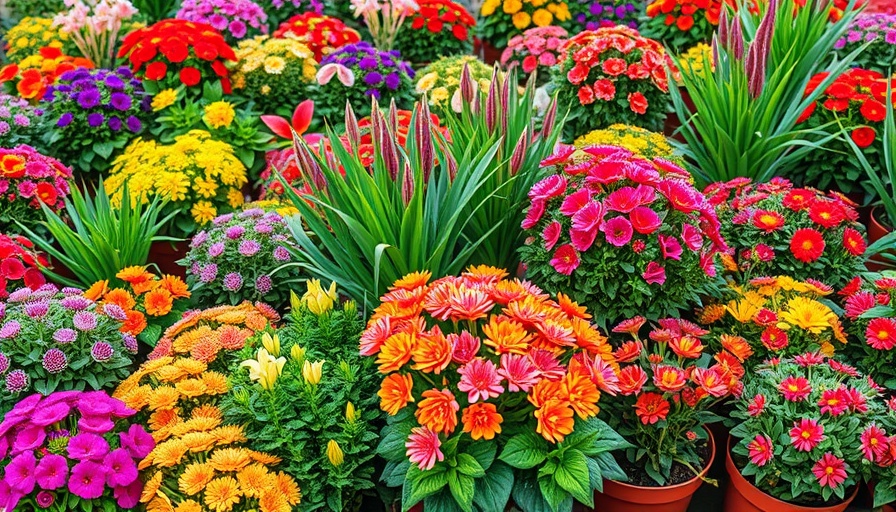
Understanding the Basics: Dirt vs. Soil
When starting your gardening journey, it's common to mistake dirt for soil. Just as Kevin explains in the video How to Choose the RIGHT Bagged Soil for Your Plants, the two terms are often used interchangeably, but they are not synonymous. Dirt is essentially lifeless; it contains particles like clay or sand but lacks the vibrant ecosystem that soil supports. Soil, on the other hand, encompasses a rich array of life — billions of microorganisms and fungi — crucial for plant health.
In How to Choose the RIGHT Bagged Soil for Your Plants, Kevin discusses the importance of understanding soil types, its impact on plant health, and best practices for selecting the right ingredients for your gardening needs.
Navigating the Nursery: Types of Soil Products
Your visit to the nursery can feel overwhelming with numerous bagged soil options. Here's a breakdown of common types:
- Potting Soil: This soil is tailored for container gardening, ensuring that plants receive nutrients, sufficient water retention, and necessary aeration. Brands like Fox Farm offer various potting mixes, each customized for specific plant needs, from herbs to flowering species.
- Top Soil: Often misleadingly named, this product consists mostly of mineral content and is unsuitable for gardening unless amended with organic matter.
- Garden Soil: This is essentially topsoil mixed with organic compost, designed for in-ground gardening rather than pots or raised beds. It’s crucial to understand that garden soil should not replace potting soil in containers due to its heavier texture and potential compaction.
Fine-Tuning for Success: Specialized Soils
For gardeners in small spaces like those in Metro Vancouver, using the right soil mix for specific plant types will greatly enhance success:
- Seed Starting Mix: A blend designed with fine particles, perfect for germinating seeds without the risk of damping off disease.
- Raised Bed Mix: Suitable for large-planter scenarios, this mix prevents soil compaction and promotes healthy root growth.
- Cactus and Succulent Mix: Tailored for plants that need excellent drainage, it typically combines standard potting soil with additional materials like crushed granite.
- Citrus Mix: For residents looking to grow fruit-bearing plants, this specialized mix provides a blend of nutrients that citrus trees crave.
Why Choosing the Right Soil Matters
Utilizing the correct soil type can make the difference between flourishing plants and dismal failures. As echoed in Kevin's advice, many gardeners fail because they choose the cheapest or the most appealing branding, neglecting the specific needs of their plants. By investing time in selecting quality soils, you ensure robust growth and bountiful yields.
Practical Tips for Urban Gardening
For Metro Vancouver residents gardening in small spaces, it’s essential to maximize your choices:
- Consider vertical gardening techniques using modular planters, which can help you save space while growing a variety of plants.
- Participate in community gardening efforts. Many local communities may offer shared garden plots or seasonal gardening events.
- Utilize compost and organic fertilizers to amend existing soils, enhancing any purchased mixes and creating a sustainable approach to gardening.
With an awareness of soil types and specific plant needs, you can nurture a thriving garden in even the tiniest of spaces. Remember, the base of your gardening success starts with the right soil.
 Add Row
Add Row  Add
Add 




 Add Row
Add Row  Add
Add 

Write A Comment